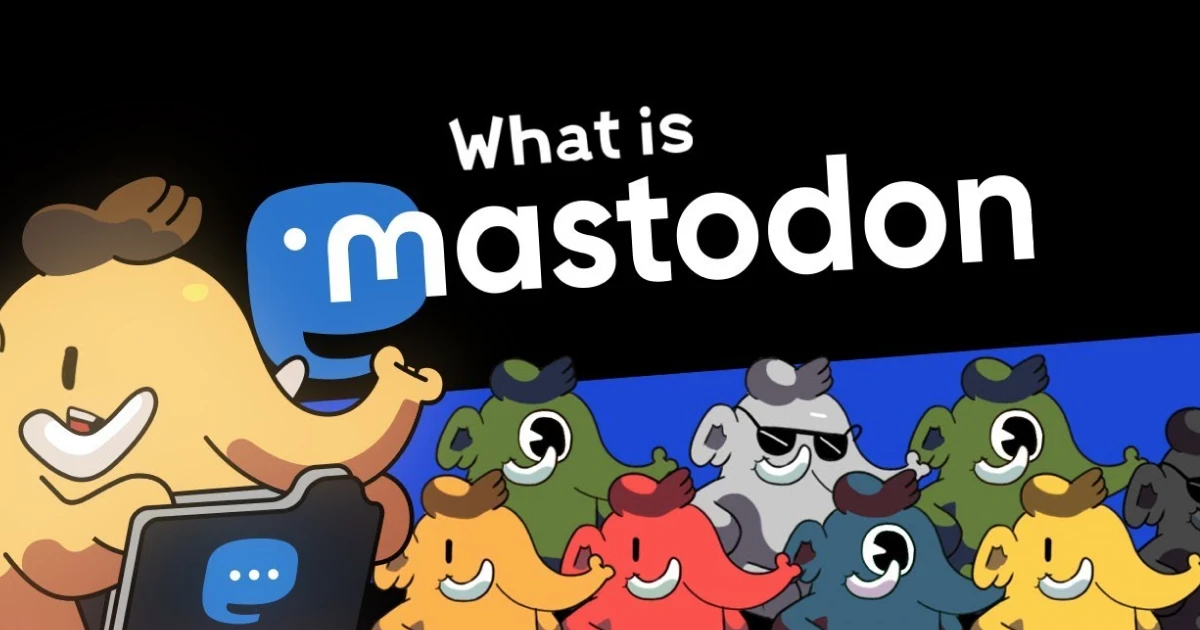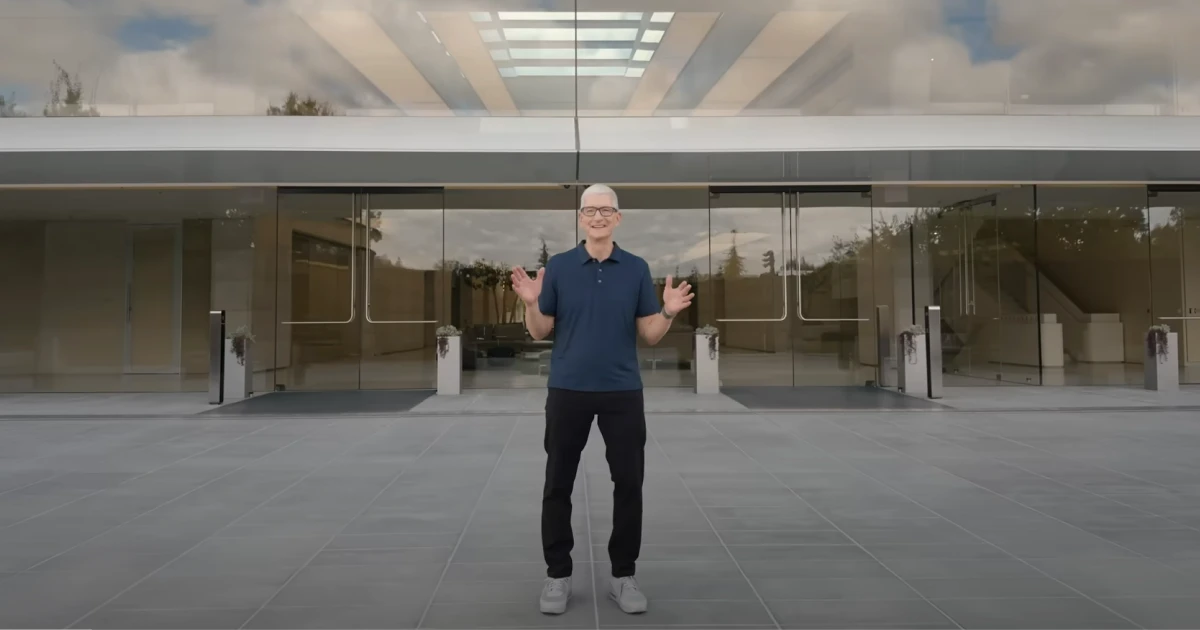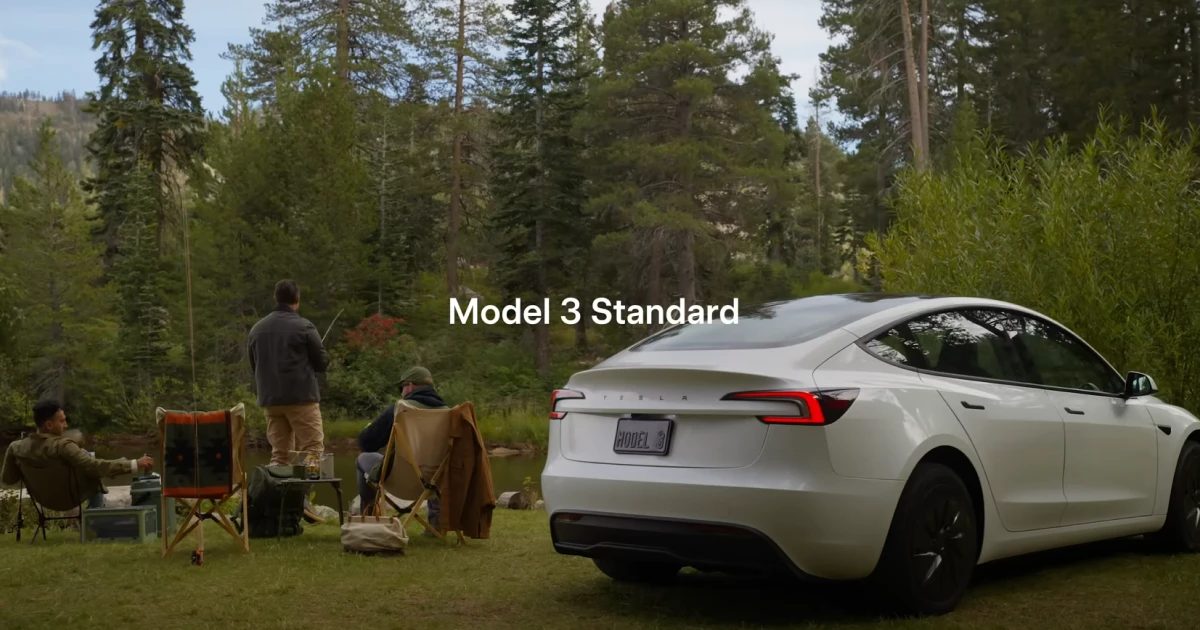Launched in 2016, Mastodon represents a social media network that runs on independent servers, and it's not operated by a single company or entity. This way, users can have higher control over the content and data, along with enhanced privacy. So, more specifically, all Mastodon social media users can join different servers according to their values and interests. This way, their social media profiles are actually hosted by those chosen servers.
In order to offer users control over their content, this social media platform managed to impose that each server has a different community focus, along with its own rules, in order to let users decide the exact topic they want to see.
Although it should be mentioned that even if it features this higher level of independence, the Mastodon servers are interconnected in a way based on the federation process.
What exactly is the federation process, you might ask yourself now. But it is pretty simple, because this process allows all the social media platform users to interact with other users, even if they joined another server. Think about how email really works. You can communicate with other people, even though they use a different email operator, right?
So, in order to make sure that all users can efficiently communicate, this dynamic ecosystem handles all of this. Also called Fediverse, this ecosystem allows communities to exist independently while maintaining a larger communication network.
At first glance, we can easily confuse Mastodon with the X social media platform (formerly Twitter), because it features a similar concept approach with short updates, and follows other users’ timelines. But compared with the post name “Tweets”, Mastodon calls them “toots”, and features a different approach to user timelines. Instead of showing them according to the platform’s algorithm, Mastodon displays them in chronological order.
- More freedom, an enhanced security
With Mastodon, users have greater control over the social media posts and what content they like to see. On their server, users have the option to change different settings. This way, users have the freedom to decide who exactly can see their Mastodon posts, what content is displayed, and in order to see the posts in chronological order.
- Advanced customization options
Compared with the centralized social media platforms, which have a predefined interface, along with already set options, on Mastodon, users can easily set up their profile with different details such as display name, bio, links to relevant websites, locations, and even pronouns, so the interaction between users is more transparent.
Regarding the platform, here the customization is more advanced because users can set up the interface in light, dark, and high-contrast options to match their visual preferences.
If they don’t really like certain animations, these can be minimized directly from the app settings. And also have the option to choose the trending hashtags displayed from the Preferences option, and tap on Trends.
- Social media content without ads
We know that ads are usually disruptive when it comes to social media platforms, so Mastodon is the right choice if you are looking for an ad-free experience. This experience will not go away soon, because this social media platform is focused on maintaining it as long as possible.
To remain ad-free, Mastodon relies on donations and community support, making this social media platform more ethical, without clickbait posts or trending news.
You can host your own Mastodon server to have advanced control over your network. But in order to do that, you must know that you need to have a domain name, a good internet connection, and a reliable hosting plan.
Also, make sure to have a third-party email provider, because Mastodon will send you confirmation likes and many other notifications.
You can read the full details about hosting your own server directly on the Mastodon website.














